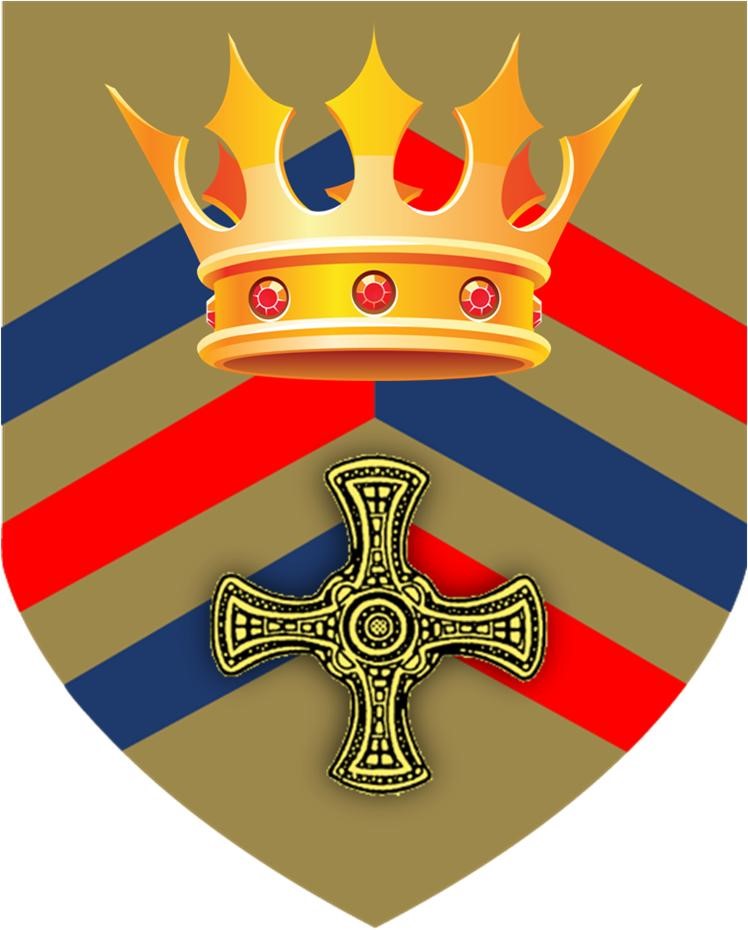History of our Churches
The History of St. Mary the Virgin
There was a church on this site long before William the Conqueror invaded England. That Anglo-Saxon building has now disappeared, but you can still see a gravestone from its cemetery built into the south wall of the tower.
The earliest parts of the present church belong to the Norman period. This is the date of the lower part of the tower, with its fine west door. At that time the building had a north aisle, transepts – and an apsed east end which was revealed by excavations in the early 1980s.
Much of the surviving building, however, represents work of the 13th century. This was when the spacious chancel was built, and the north transept assumed its present form. The ‘Adam and Eve’ carvings on the chancel arch were also first cut at this time. Despite the problems caused by the Scottish wars, the 14th century saw further rebuilding including the south aisle arcade and the great window at the east end. Rare fragments of 14th century glass can still be seen in the chancel windows.
Like many English churches St Mary’s had suffered a long period of neglect by the beginning of the Victorian period. Mould, rot and decay were everywhere. So, in the 19th century, a series of restorations took place to improve the building. Much of that work is still visible today: the floors and pews date from 1853/4; the barrel roofs were built in 1879/81; and the chancel given a new roof and raised floor in 1885.
By the early 1970s pressures on space and changes in patterns of worship led to the introduction of a central altar and congregational seating in the chancel; a new organ was also commissioned.
Scattered around the walls are numerous memorials to early parishioners. In the north transept, behind the altar, is a carved slab commemorating Cuthbert Ogle (d. 1655) who built Kirkley Hall; memorials to his seafaring descendants are on the wall alongside.
In the chancel is a moving inscription to Anne Byne (d. 1769) whose tragic family history can be traced in the inscriptions of floor slabs nearby. Set in the floor of the south aisle is a slab recording the founder of the local school, Richard Coates (d. 1719), whilst over the tower arch is a Royal Coat of Arms, dating to 1815-1837, at whose centre is a rare example of the crown of the kingdom of Hanover.
Men and women have been worshipping God here for over a thousand years. You are welcome to join them. The church is open every day, so you are welcome to drop in, light a candle, say a prayer, or just to enjoy the peace. An illustrated guidebook is available. You are also welcome to join the worshipping community – our main service is on Sunday at 10 am.
The History of Holy Saviour, Milbourne
While there is archive evidence to suggest that a small chapel may have existed at Milbourne in the 12th and 13th centuries, no trace of it remains. In 1867, funded by gift and endowment of Miss Jane Anne Bates of Milbourne Hall, work began to build a church as a Chapel of Ease to the mother church of St Mary’s, Ponteland.
The foundation stone was laid by Miss Bates on 15th May 1867 and an account of the ceremony in the Newcastle Daily Journal records that she did so “in a very elegant and workmanlike manner”. Sadly she did not live to see the church consecrated on 27th February 1871, but her gift to the Parish is commemorated in a memorial tablet in St Mary’s Church: “Her good works will be held in undying remembrance by her friends and relations the last of which was to build a chapel upon the estate and to provide liberally for the endowment.”
In the year 2000 the plain glass of the west window was replaced with a new stained glass window to celebrate the 2000th anniversary of the birth of our Lord, Jesus Christ. Known as the Millennium Window and of contemporary design, it was funded by donations from the congregation and friends of Holy Saviour and symbolises the rural location of the church and the Northumbrian landscape beyond it. It was designed and made by Cate Wilkinson.
Originally intended as a place of worship for the Milbourne Hall estate family and local community, Holy Saviour now draws its members from a wider area and provides a traditional Anglican Service for a congregation averaging 30 people, at 11.15 am every Sunday. You would be very welcome to join us. The church is open at weekends and Bank Holidays through the summer, so you are welcome to drop in, say a prayer, and enjoy the peace and beauty of this church.


